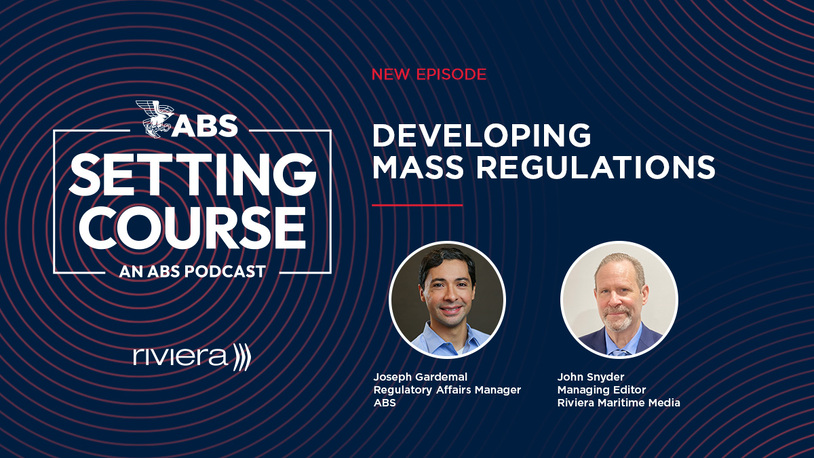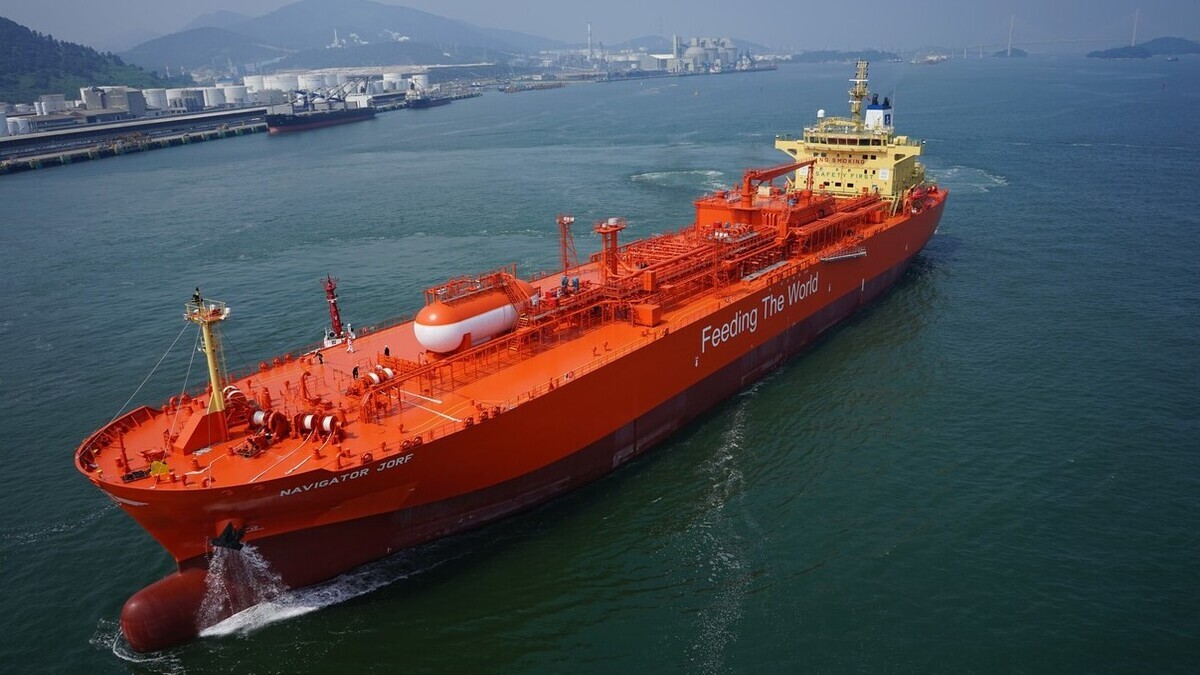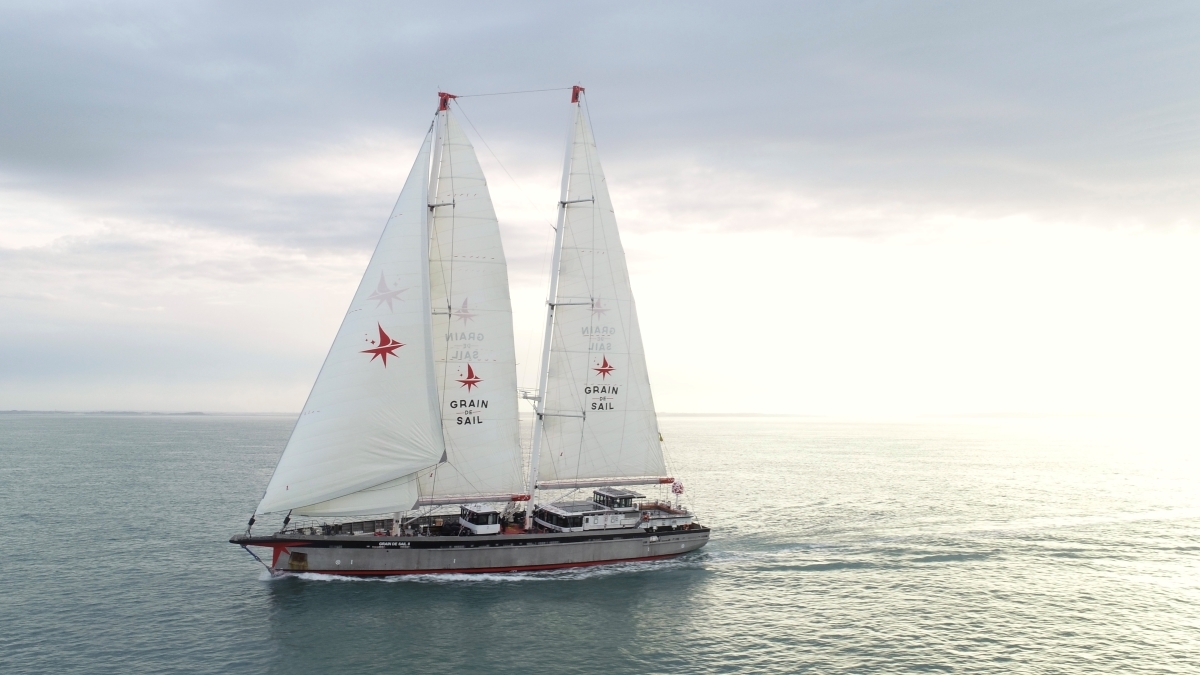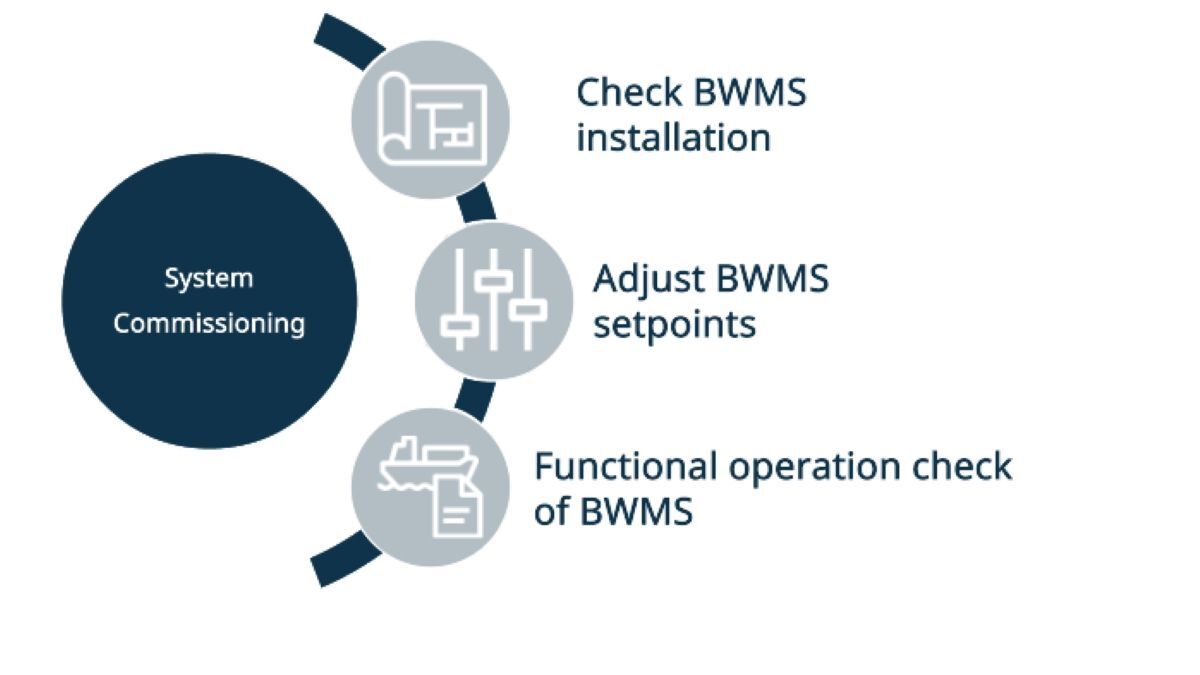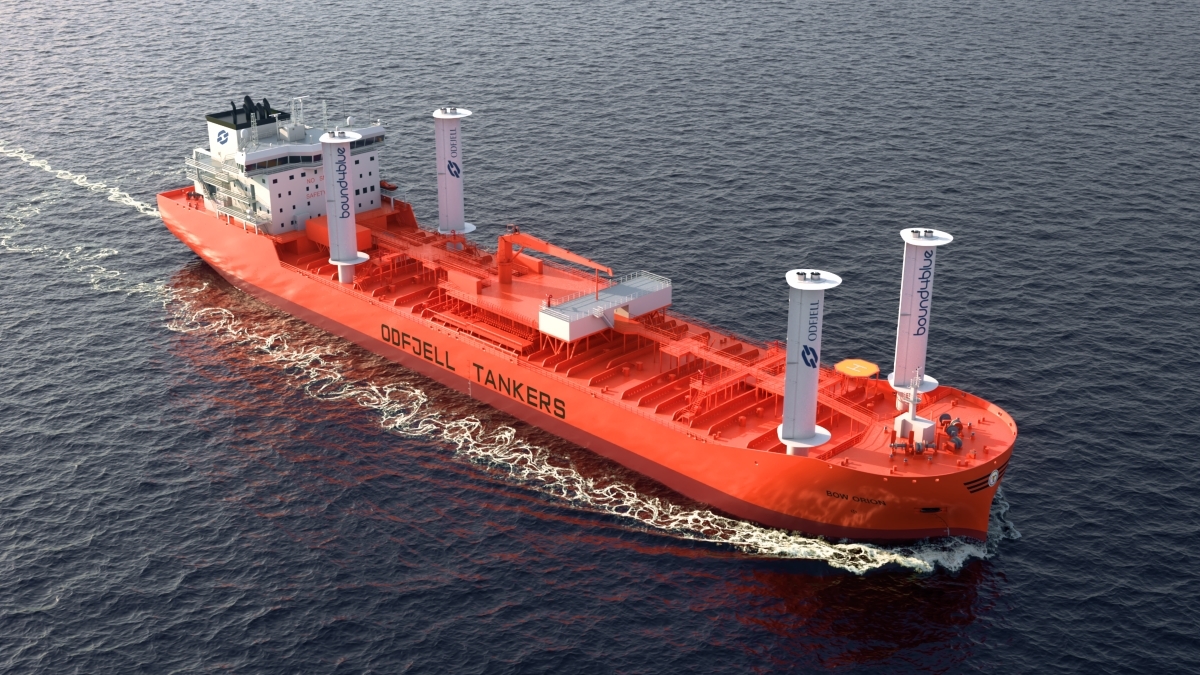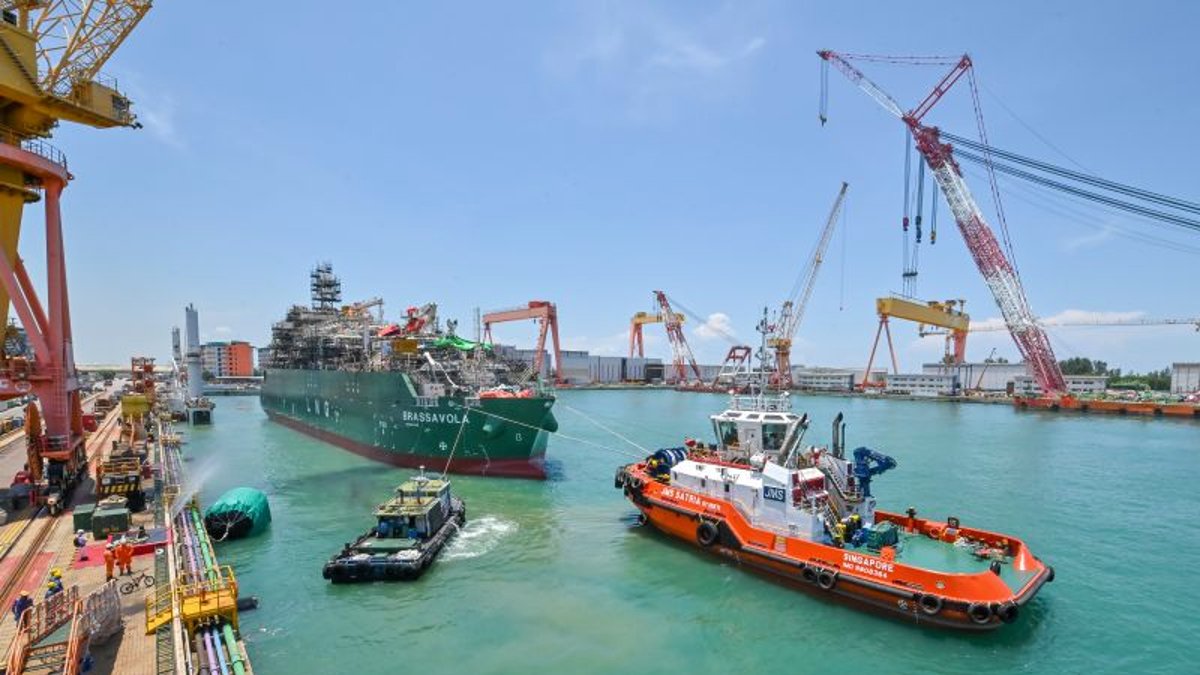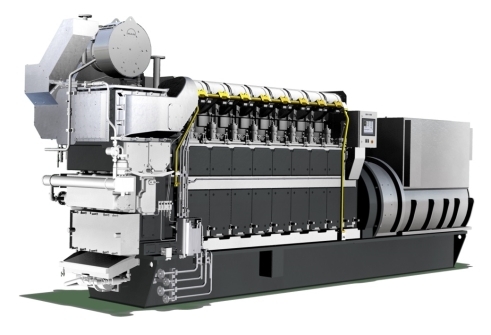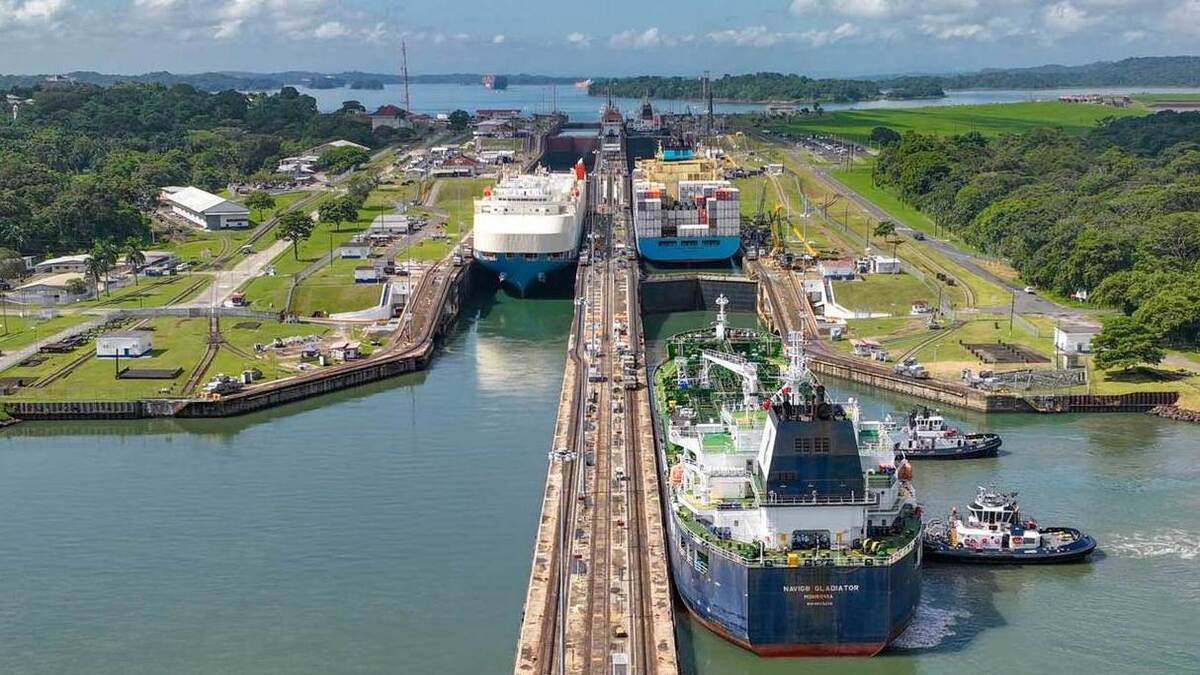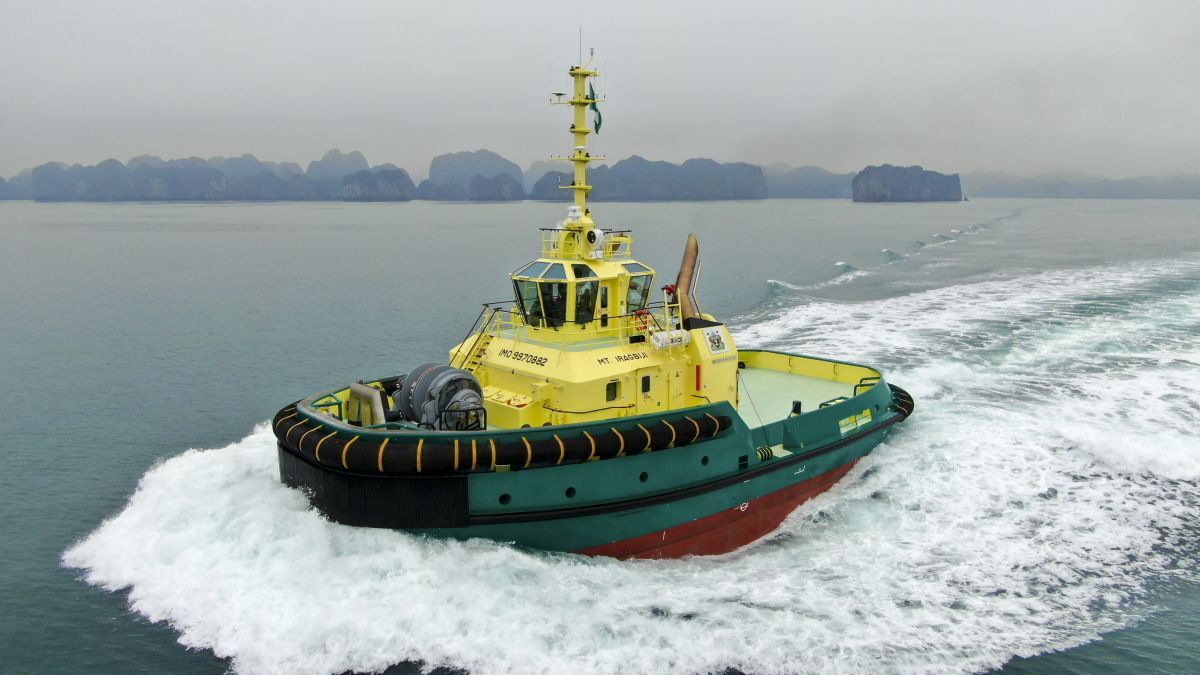Business Sectors
Events
Contents
Solving shaft line issues on tankers
Stern tube failures can lead to catastrophic shaft line damage, but this can be prevented with a shaft line assessment
Tankers operating in a seaway place a huge strain on the shaft line, as Wärtsilä Shaft Line Repair Services (Wärtsilä SLRS), project manager, Saul Martinez explains: “Typically with tankers the problems start with the stern tube bearings. Sometimes it is not apparent that there is a leak at the stern tube and by the time the problem manifests as a serious leak or vibration, it is no longer a straightforward issue.”
The cost of having the shaft line assessed can be a hundredth of the cost of dry docking a vessel, says Mr Martinez. Wärtsilä SLRS has a portable shaft line assessment tool (PCBM) which can be used while the vessel is in service. It takes readings which are used to analyse the dynamic behaviour of the shaft line. This gives a prediction of the issues that might lay ahead and the owner can plan maintenance and repairs with a high degree of confidence that any issues with the shaft line have been caught early.
In the last few years, Wärtsilä SLRS has seen an increase in demand for its shaft line assessment services, often as a result of design and operational changes intended to result in financial savings. Some common causes of problems with the shaft line include: bad practice or human error during installation and alignment; outdated design criteria and calculation methods in relation to alignment; the introduction of larger propellers or other design changes for efficiency gains; the use of single bearing stern tubes; changes to operating profiles of vessels in service; and even the use of environmentally acceptable lubricants.
All of the above may cause unforeseen changes in the behaviour of the shaft line and real-life operations may over-burden it. The condition of the white metal bearings is a key indicator of shaft line heath; white metal is a very stable material and ideal for use in shaft lines. If temperatures rise outside of the normal operating range it is a clear sign that something is wrong. Alarm limits are usually set at around 65° and slow-down is recommended at 70°, with immediate stop at 75°. If at any time, temperatures increase by more than 5° per minute the system should be stopped. These changes in temperature are usually the result of bearing damage and continuing to operate will only exacerbate the situation, causing deformation and detachment of the white metal and increasing friction. If any abnormality in temperature readings are observed and persist, the white metal bearing may need to be removed and replaced.
This is where Wärtsilä SLRS steps in. Its operations manager Simon Wiles says the service combines project managers and alignment specialists with the co-ordinated delivery of parts and services sourced from a global network of field service engineers and production sites. The service prioritises availability and can reach a ship within hours through a single point of contact. The project manager leads communication directly with the customer and co-ordinates the investigation as well as the delivery of spare parts and personnel required to carry out repairs.
Related to this Story
Events
Maritime Cyber Security Webinar Week
International Chemical & Product Tanker Conference 2024
Marine Propulsion: Fuels Webinar Week
How enhanced connectivity is propelling maritime into the AI era
© 2023 Riviera Maritime Media Ltd.

